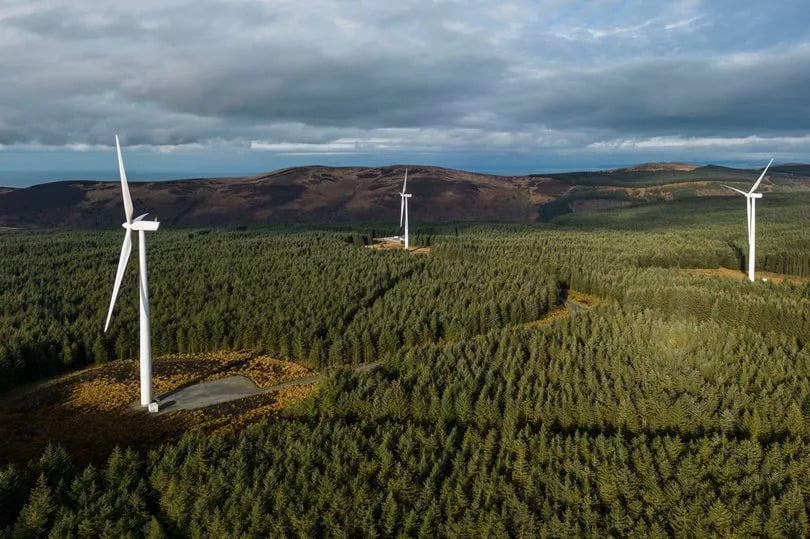AsylumResident
Feeling the Heat
Didn't Al Gore say the world was going to end in 10 years, back in 2000?end of the world is quite mobil, it has to be they always get it wrong
Personally, I'm more of an optimist. I think human beings are really good at messing up a lot of things, but I won't give us enough credit to say we are powerful enough to destroy something as complex and amazing as this planet within about 150 years of fossil fuel burning. And realistically, the heavy use (subjective, I understand) didn't start until 1950ish.




